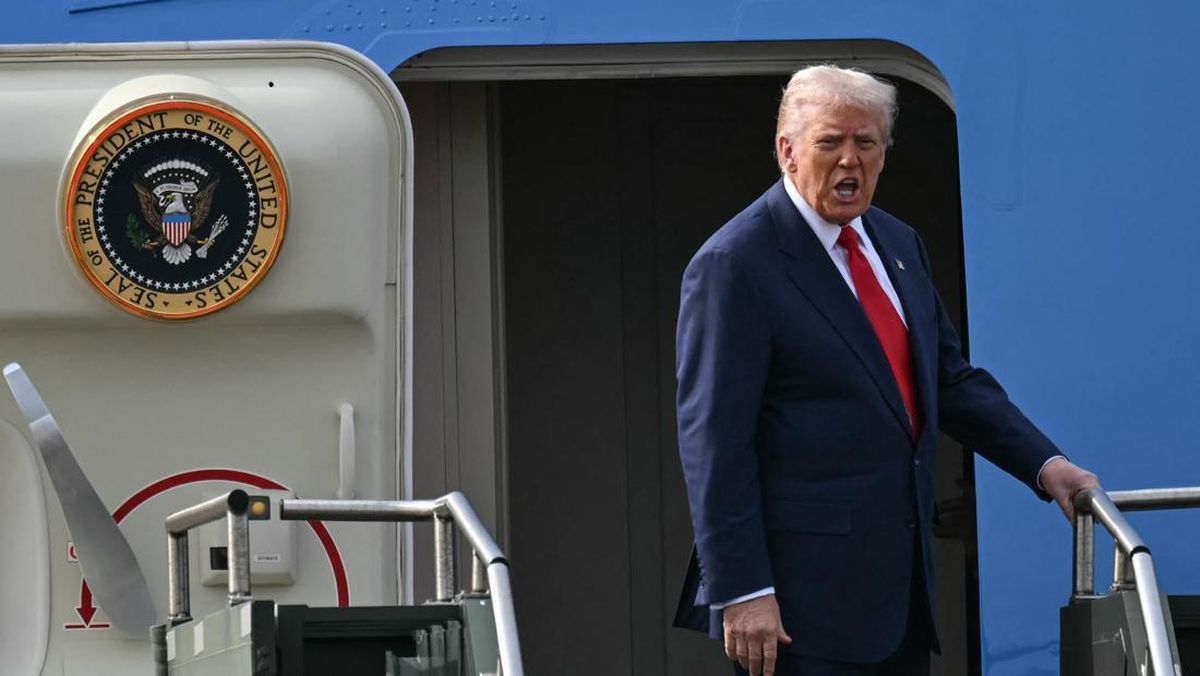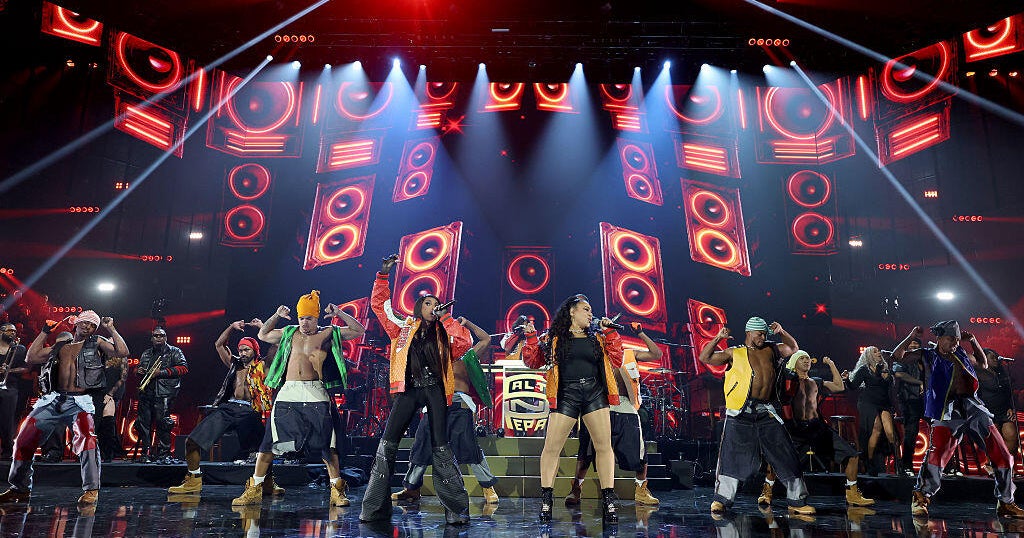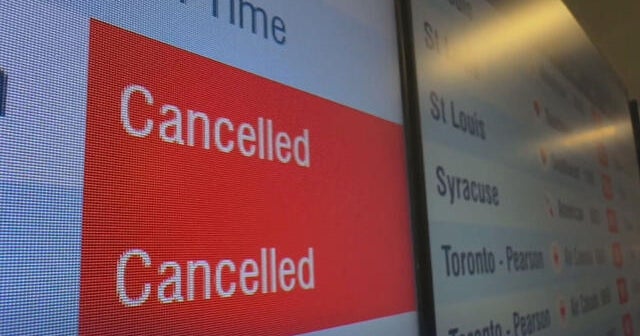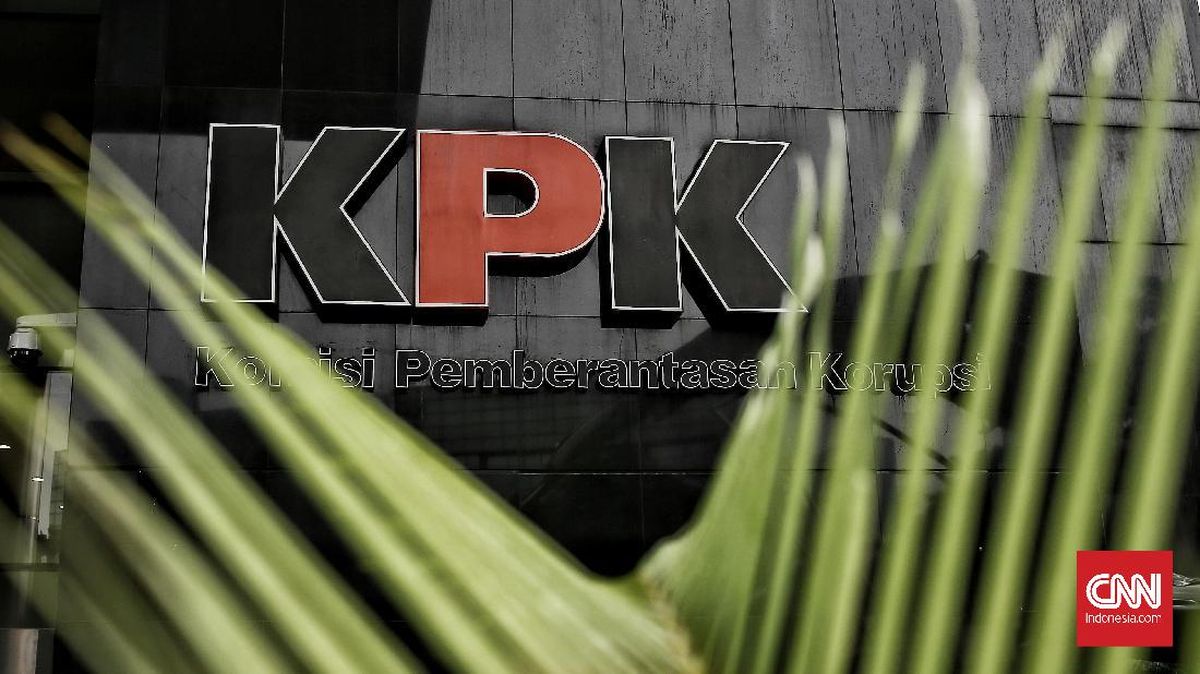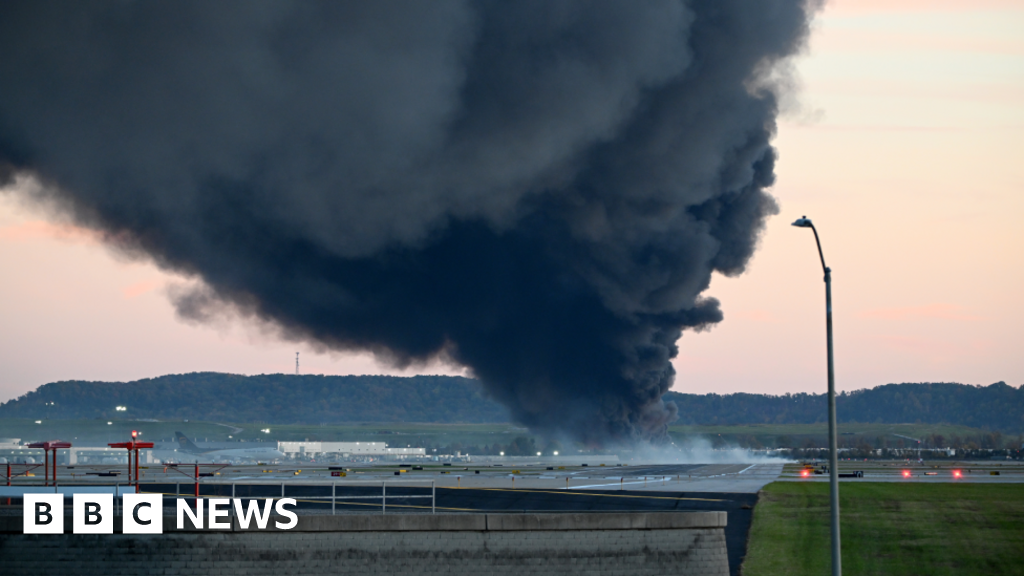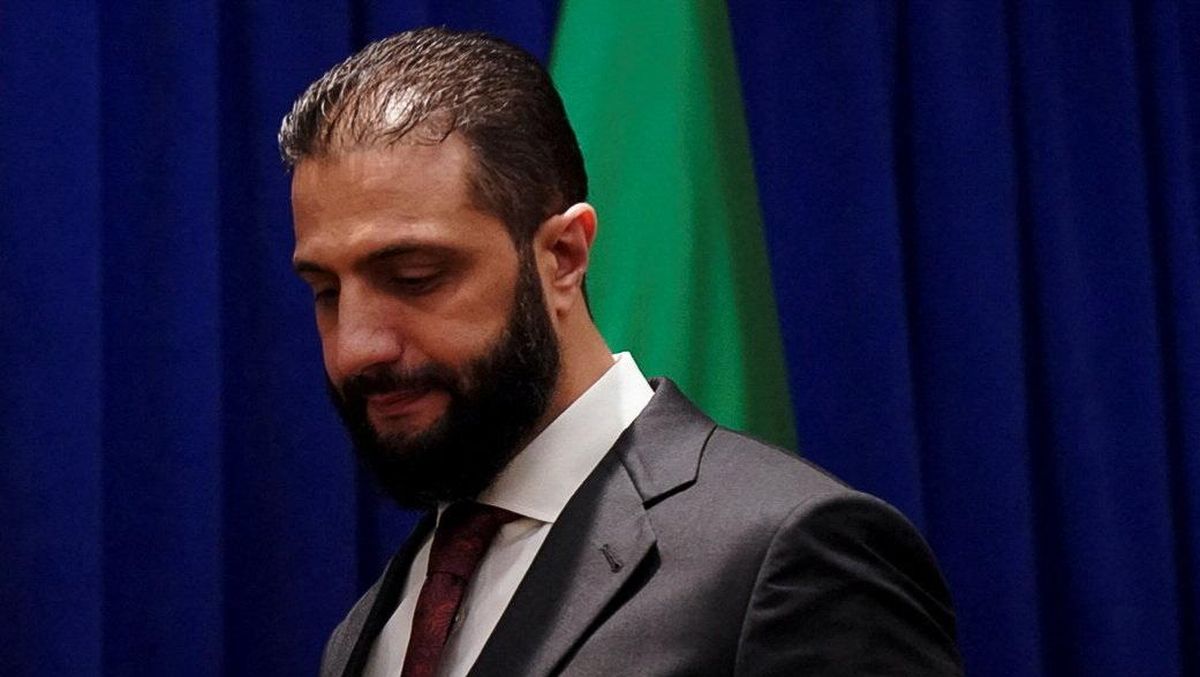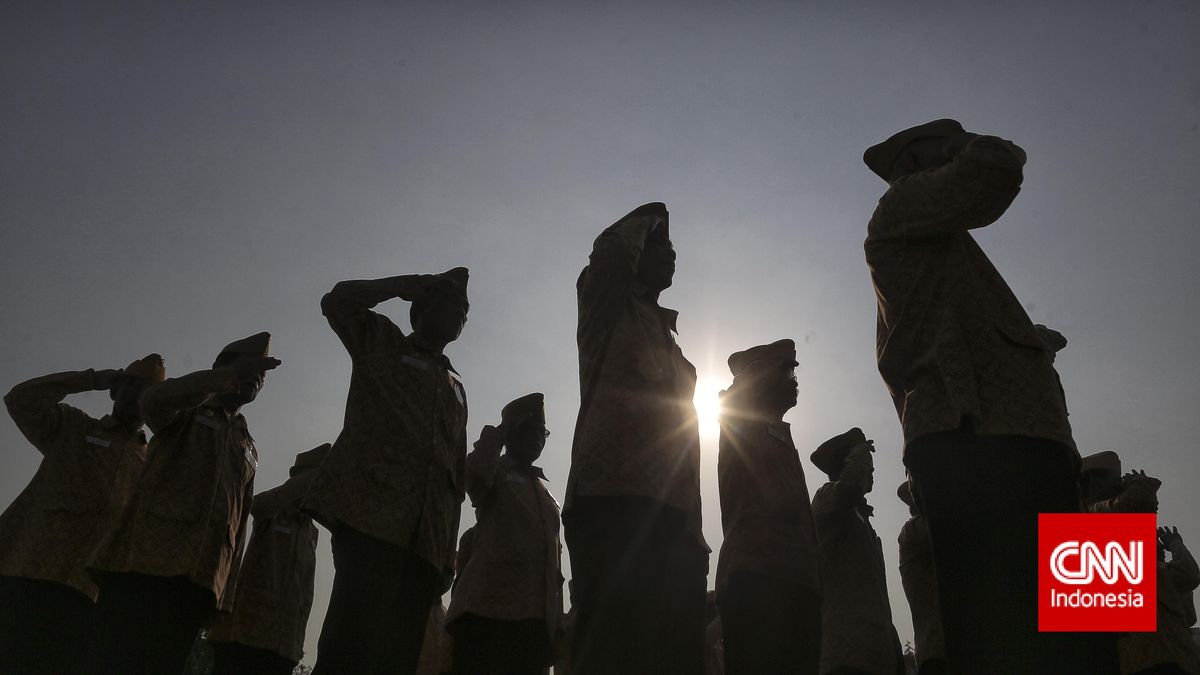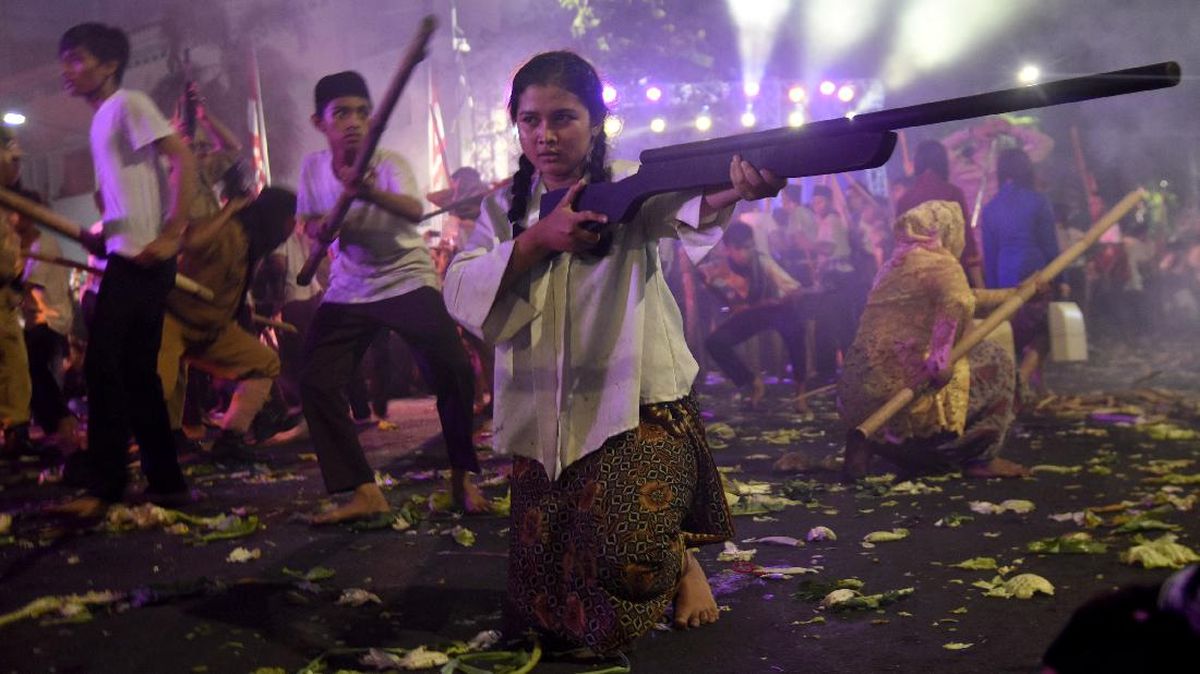An inner-eastern council has warned that a state government plan to fast-track housing will reduce tree cover so significantly that increasing its canopy target would be pointless.
Boroondara Council officers will present the bleak report at a meeting on Monday night to recommend against raising the council’s canopy coverage target from 27 per cent to 30 per cent by 2040.

Ray Peck, a member of Lighter Footprints’ urban forest working group, outside a property in Camberwell with good canopy cover.Credit: Justin McManus
New codes for townhouse, low-rise, and four-storey developments – announced in February as a way to fast-track housing – were singled out as making it more difficult to arrest canopy decline on private land.
Failure to adopt the 30 per cent tree canopy target would put Boroondara’s ambition behind that of the state government, which set the goal for urban areas in its Plan for Victoria strategy earlier this year.
However, council officers concluded: “The significant challenges council currently faces in maintaining, let alone increasing, canopy cover mean that increasing the canopy cover target for 2040 is unrealistic.”
Boroondara has estimated canopy coverage of about 24 per cent, down from 25.7 per cent in 2022.
Officers blamed works on North-East Link and the Union railway station level crossing removal for this decline, along with tree loss on private residential land.
The council report found these problems with canopy coverage on private land would continue under the new low-rise code.
Changes to clause 55 of all planning schemes mean councils must approve developments up to three-storeys if they meet a prescribed set of standards, including a tree canopy requirement.
This is set at a minimum of 10 per cent coverage for sites smaller than 1000 square metres and 20 per cent for bigger sites.

The state government aims to increase tree canopy cover across Melbourne to 30 per cent.Credit: Jason South
Experts have pointed out that this fails to match Victoria’s broader goal of 30 per cent coverage across all neighbourhoods – a target promoted as the minimum required to get the full cooling and health benefits of trees.
Hawthorn resident Ray Peck, a member of local environment group Lighter Footprints, was still disappointed with the council’s proposed 27 per cent target and wanted to see their modelling.
“They could be a bit more aspirational,” he said.

Ray Peck fears large trees like these on private property will become rarer.Credit: Justin McManus
“[But] I’m not surprised. Their hands are tied a bit. They’ve [had] massive tree loss from the North-East Link … and the state government changes to the planning laws are now a threat.”
Dr Greg Moore, an arboriculture expert, was also concerned the state government reforms could decrease tree-canopy coverage and increase heat-related illness. But he urged Boroondara to set a 30 per cent target.
“It’s about aspiration,” he said, “and it does not let the state government off the hook.”
In a statement, Boroondara Mayor Sophie Torney said the impact of the low-rise code on private sites – which constitute the vast majority of the municipality’s land – rendered a 30 per cent canopy target “impossible”.
Council-owned public land currently has 43 per cent coverage with an aim to increase this to 52.5 per cent, but Torney said it was “not feasible” to increase this further to offset private tree loss.
“There’s a clear contradiction in the state’s policy settings. It asks councils to grow tree canopy while its own planning rules limit tree cover on private land, and fines for illegal tree removal [are] so low they barely deter anyone,” Torney said.
“If we’re serious about increasing canopy cover, that gap needs fixing.”
Loading
A state government spokesperson pointed out it had strengthened planning permit requirements to cut down trees taller than five metres.
A new $9.5 million fund will provide grants to councils next year to deliver half a million more trees across municipalities with below-average tree canopy cover, too.
“Our planning reforms are building more homes and creating greener, cooler communities,” they said.
Start the day with a summary of the day’s most important and interesting stories, analysis and insights. Sign up for our Morning Edition newsletter.
Most Viewed in National
Loading




